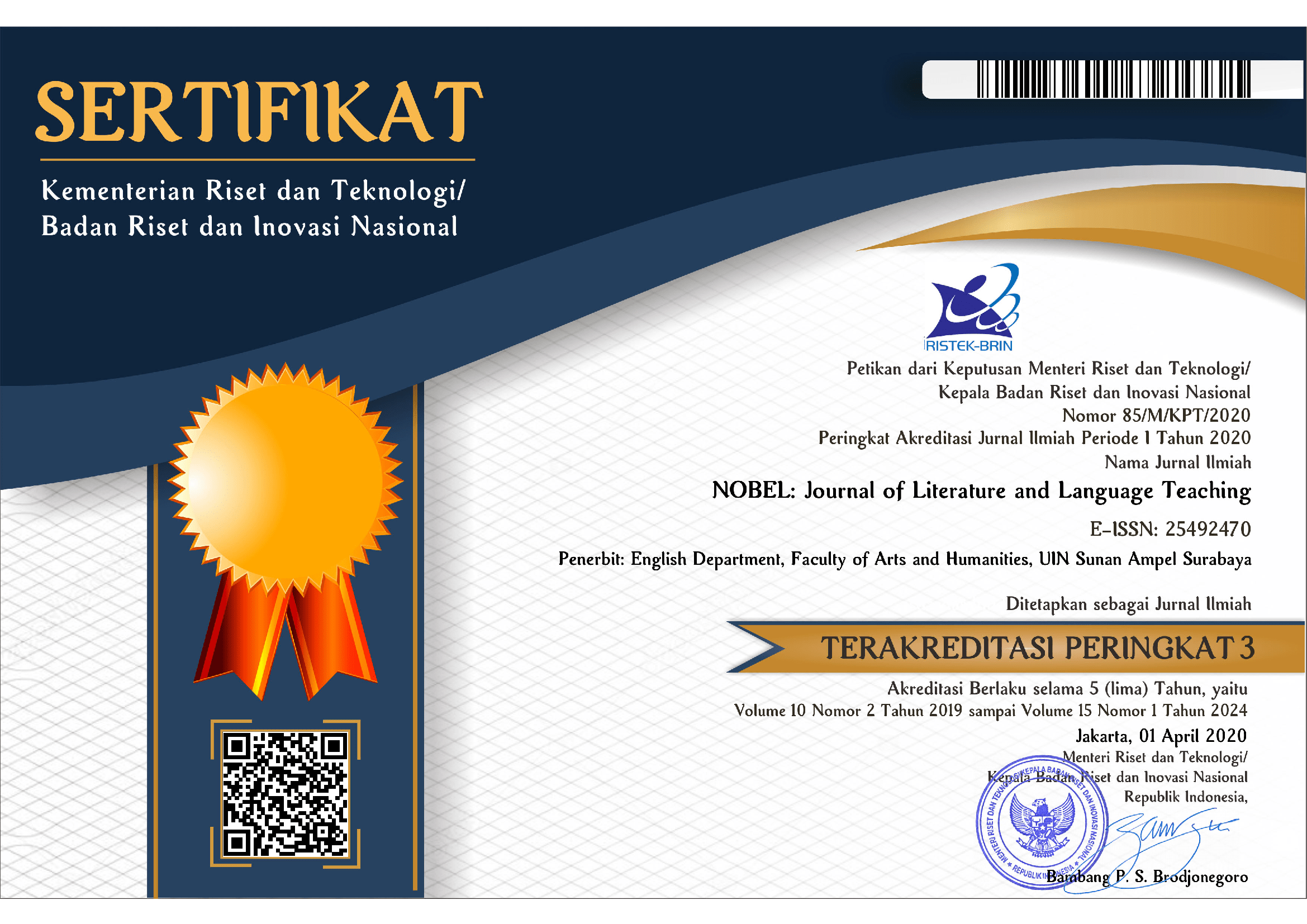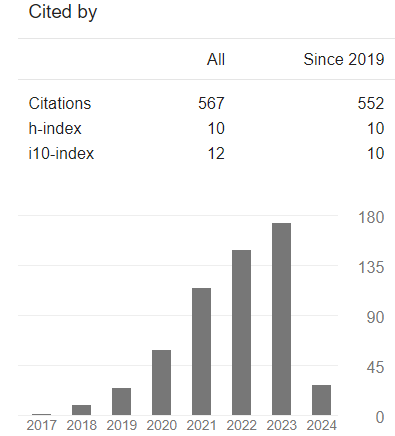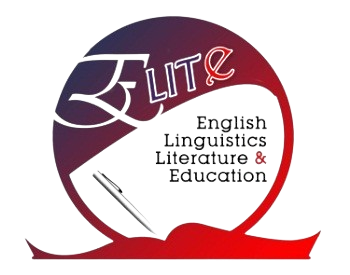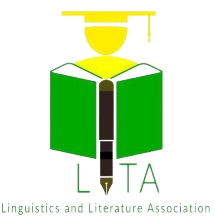Fictional Characters' Heroism in Assassin's Creed III Video Game in the Perception of Indonesian Video Gamers
DOI:
https://doi.org/10.15642/NOBEL.2017.8.1.35-48Keywords:
character; heroism; violence; evil protagonistAbstract
Assassin's Creed is a historical fiction video game developed and published by Ubisoft. This video game has been so far considered as one of the most violent video games. Assassin's Creed III is the third sequel of which plot is set in a fictional history of real world events and follows the centuries-old conflict between the Assassins and the Templars. Based on this study, the plot, characters, characterization, and scenes in Assassin's Creed III are deemed to be able to give positive teachings to the young generation, despite the fact that there are violent and sadistic scenes in the story. Haytham Kenway, who is “evil†protagonist in Assassin's Creed Forsaken, is portrayed as an expert in using weapons, since he was kid. Separated from his family, Kenway was taken by mysterious mentor, who trained him to be the most deadly killer. Comparisons with classic characters such as Oedipus, Hamlet, or Indonesian legendary character Sangkuriang are intentionally made to sharpen the analysis. The finding of this study is that heroic value might be found in either protagonist or antagonistic characters, whose roles involved numerous violent actions. Comments from the official website and social media which claim that Assassin's Creed has brought negative impacts on the consumers might not be totally true.
Downloads
References
Bowden, O. (2012). Assassin’s Creed: Forsaken. London. Penguin Books
Cawelti, J. G. (1971). The Six-Gun Mistique. Ohio: Bowling Green University Popular Press.
Cawelti, J. G. (1972). The Concept of Formula in the Study of Popular Literature. Buletin of the Midwest Modern Language Association. Vol 5.
Cawelti, J. G. (1975). The New Mythology of Crime. Duke University Press.
Franco, Z. E., Blau, K., & Zimbardo, P. G. (2011, April 11). Heroism: A Conceptual Analysis and Differentiation Between Heroic Action and Altruism. Review of General Psychology.
Furfari, P. (2010). Top 50 Street Fighter Characters. Retrieved on December 15, 2016 from http://www.ugo.com/games/top-50-street-fighter-characters.html
Hart, R. (2010). Ryan Hart's Top 20 Street Fighter characters. The Guardian. Retrieved on December 15, 2016 from https://www.theguardian.com/technology/gamesblog/2010/apr/28/top-20-street-fighter-characters.
Levin, R. (1960) Tragedy: Plays, Theories and Criticism. New York. Harcourt Brace Jovanovich.
Miller, A. and Levin, R. (1960) Tragedy and the Common Man. New York. Harcourt Brace Jovanovich.
“Sangkuriangâ€. Cerita Rakyat Nusantara: Sangkuriang. Retrieved on 10 June 2015, from http://ceritarakyatnusantara.com
Wilson, J. (2003). Protagonist Definition. Literarydevices.net. Retrieved on 12 May 2015, from http://literarydevices.net/protagonist







